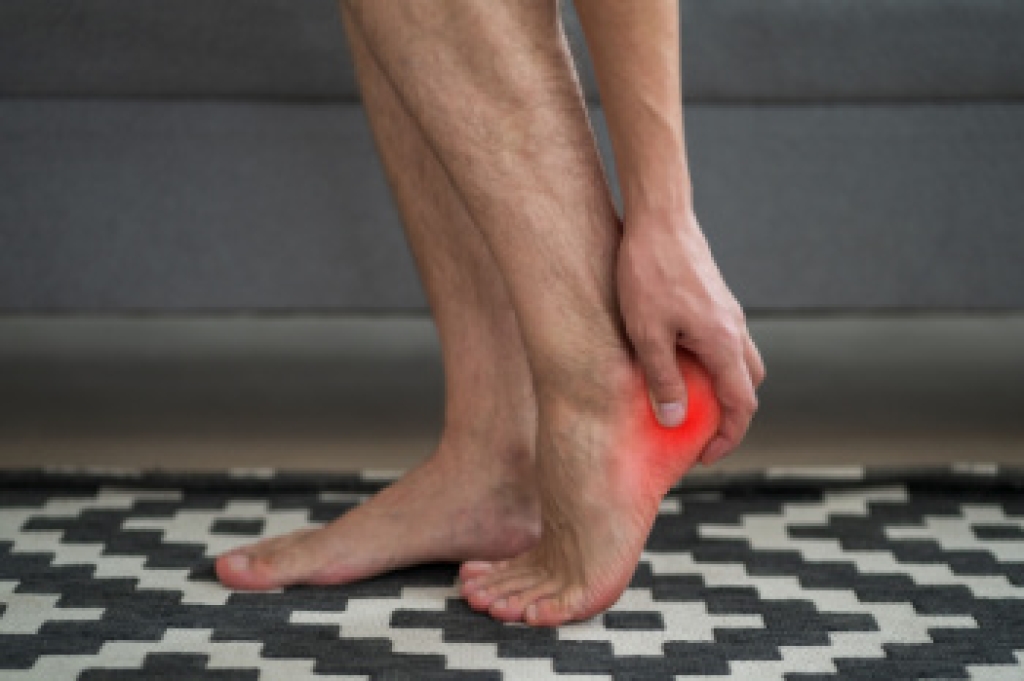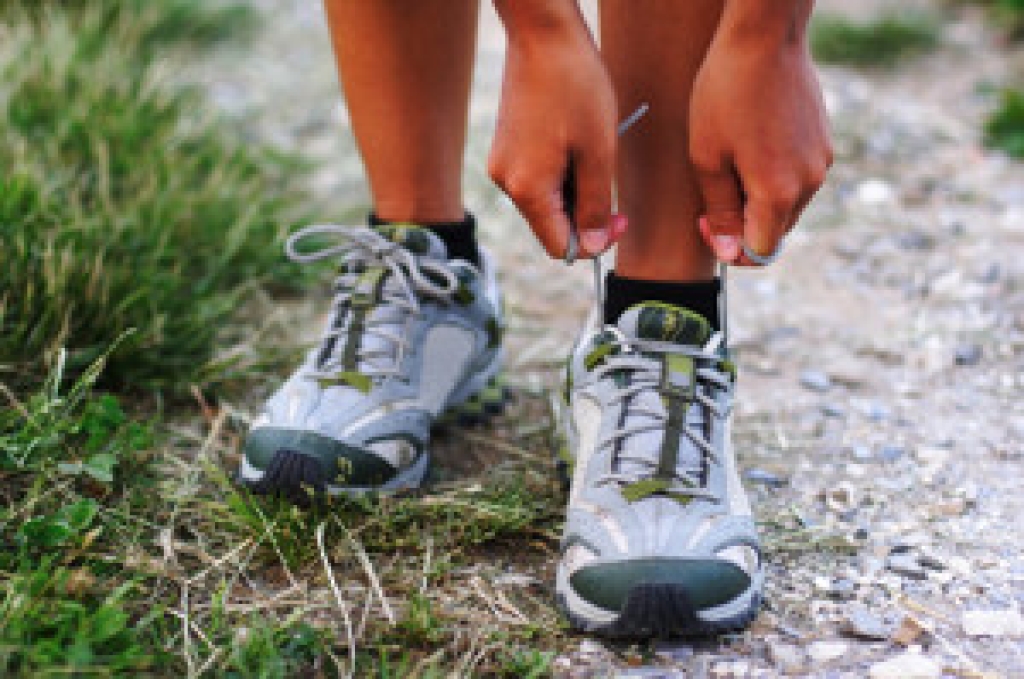
Warm or hot feet can be uncomfortable and may signal an underlying issue. Common causes include long hours of standing or walking, wearing shoes that do not allow airflow, or having a medical condition that affects circulation. Athlete’s foot, which is a fungal infection, can also cause heat, itching, and burning sensations. Nutrient deficiencies, particularly in B vitamins, may contribute to nerve irritation, while peripheral neuropathy related to diabetes or other conditions can cause persistent warmth or burning pain. A podiatrist can perform a thorough evaluation to identify the cause, treat infections, manage nerve conditions, and recommend proper footwear. If your feet have become unusually warm or hot, it is suggested that you schedule an appointment with a podiatrist who can offer effective relief and treatment solutions.
Foot Pain
Foot pain can be extremely painful and debilitating. If you have a foot pain, consult with Patricia Mcilrath, DPM from Health One Podiatry. Our doctor will assess your condition and provide you with quality foot and ankle treatment.
Causes
Foot pain is a very broad condition that could be caused by one or more ailments. The most common include:
- Bunions
- Hammertoes
- Plantar Fasciitis
- Bone Spurs
- Corns
- Tarsal Tunnel Syndrome
- Ingrown Toenails
- Arthritis (such as Gout, Rheumatoid, and Osteoarthritis)
- Flat Feet
- Injury (from stress fractures, broken toe, foot, ankle, Achilles tendon ruptures, and sprains)
- And more
Diagnosis
To figure out the cause of foot pain, podiatrists utilize several different methods. This can range from simple visual inspections and sensation tests to X-rays and MRI scans. Prior medical history, family medical history, and any recent physical traumatic events will all be taken into consideration for a proper diagnosis.
Treatment
Treatment depends upon the cause of the foot pain. Whether it is resting, staying off the foot, or having surgery; podiatrists have a number of treatment options available for foot pain.
If you have any questions, please feel free to contact our offices located in Reading and Rittenhouse Square, PA . We offer the newest diagnostic and treatment technologies for all your foot care needs.




